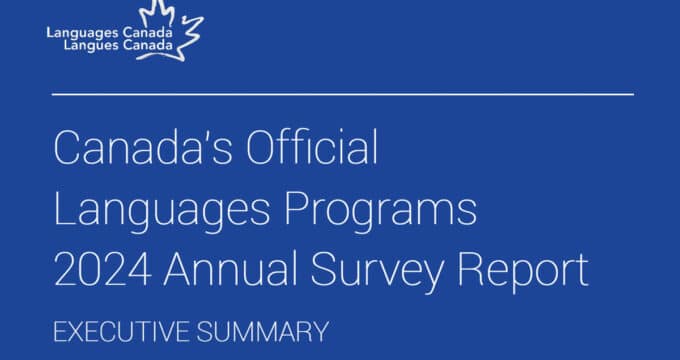Shifting currencies expected to drive growth for more affordable destinations
There is a fairly direct linkage between currency exchange rates and the costs of study abroad. It arises from the simple fact that if your home currency weakens against the currency of the study destination you have in mind, your programme instantly becomes more expensive as you need more of your local currency to pay tuition and living costs abroad in dollars or euros or pounds. We looked at this relationship in the context of a number of key emerging markets late last year. Weakening commodity prices - most notably in world oil markets - are expected to continue to influence currency values throughout this year and indeed, if the latest forecasts hold true, even for the next few years. This effectively opens up a window of as much as two to four years where we can expect some currencies to maintain the significant discount that world markets have priced in over the last year. And this in turn means that value-minded students now have a wider range of suddenly affordable destinations from which to choose. As a result of all this, we are starting to see more reports in recent months of actual or projected shifts in student mobility that reflect underlying changes in foreign exchange rates. Brazil was an early case in this respect when, in response to an especially dramatic change in the value of the Brazilian real against the US dollar and British pound, student demand began shifting last year to Canada and to still more-affordable destinations such as Malta, South Africa, and Ireland. "Brazilians love Ireland," BELTA President Maura de Araujo Leão told us in November 2015. "People who are just getting out of university, they look for a place where they can go for a long term."
Neighbours with benefits
Looking ahead, we can imagine similar shifts taking place across a range of sending and receiving markets in 2016. The pattern may be most noticeable at a regional level, where neighbouring countries could see more cross-border student mobility as a result of shifting foreign exchange. A recent Canadian Press article, for example, highlights the value and affordability of Canadian higher education for American students. The Canadian dollar has fallen off by roughly 30% against the US currency over the last two years and this has led to some speculation that Canadian universities will see an increase in applications from American students in the 2016/17 academic year. "International students paid, on average, nearly CDN$22,000 in tuition, according to Statistics Canada," says the report. "The currency’s downward spiral has left the loonie [that is, the Canadian dollar] hovering near the 70 cent (US) mark. If the loonie doesn’t budge much, undergrads paying with US dollars would pay, on average, about US$15,000 - or roughly US$7,000 less than when the loonie is on par with their currency. That’s a bargain for those from the US, where the average tuition this academic year at a public four-year college was US$9,410 for in-state students and US$23,893 for out-of-state." Some prominent Canadian universities are already noting a distinct uptick in inquiries and applications from American students. The University of Toronto reports a general trend where inquiry traffic from the US tends to spike upward in periods where the Canadian dollar weakens against the American currency. Montreal’s McGill University, meanwhile, is reporting a 13% increase in American admissions applications for 2016/17. These are early, but notable, indicators of a possible uptick in American interest in studying in Canada. Any such increase is especially noteworthy given that the number of American students studying in Canada has been essentially flat over the past several years. The US is a leading sending market for Canada, and was the country’s sixth-largest source of international students in 2014. Nearly 12,500 US students studied in Canada that year, 75% of which were enrolled in a Canadian university and 89% in tertiary education overall. Even so, American student numbers in Canada have proven to be very stable in recent years, and with little real growth. The Canadian Bureau for International Education (CBIE) reports that between 2008 and 2014 the number of American students in Canada grew by only 1.8%. To say the least, this multi-year trend throws the reports of more significant growth for 2016/17 into sharp relief and underscores the importance of currency effects in shaping American demand for study in Canada.
Strengthening a regional destination
Russia is another country that appears poised to benefit from dramatic shifts in currency values. The Russian rouble declined by nearly 30% against the US dollar over the past year, 24% against the British pound, and 14% relative to the Euro. While this makes it more expensive for Russian students to pursue their studies in leading destinations abroad, the reverse is also true and Russia is now a more affordable option this year for many students in Europe and Asia. University World News reported recently that Russian universities are anticipating a significant increase in foreign enrolment as a result of the rouble’s slide. Official government statistics indicate that Russia hosted 212,000 foreign students in 2015, and registered a 20% increase in foreign enrolment over 2014. Apparently based in part on the softer rouble, the Ministry of Education and Science projects a further increase of 30-35% for 2016. "Most foreign students studying in Russian universities traditionally come from countries in the Commonwealth of Independent States and emerging nations," adds the report. "However, according to an official spokesperson of the Minister for Education and Science Dmitry Livanov, in recent years the demand for studying in Russia among European Union students has also risen and there is a possibility that their share in the total number of foreign students may significantly increase this year…due to the recent devaluation of the local currency. At the same time there has been an increase in the number of students from Asia-Pacific countries, in particular China and South Korea." The Russian and Canadian examples are only two of what we can imagine as a wider field of shifting bilateral and regional student flows this year. Indeed, this broad pattern is one that we can expect to follow throughout the year as shifting currencies continue to act on international education markets.


















